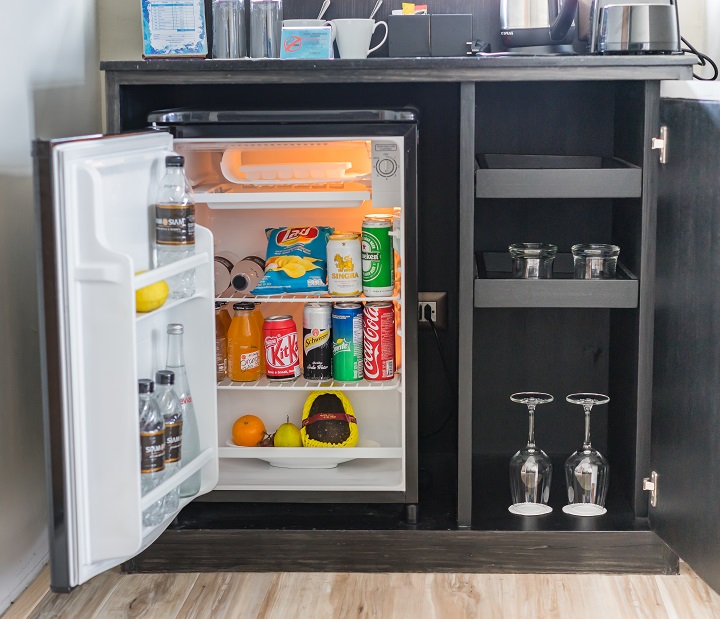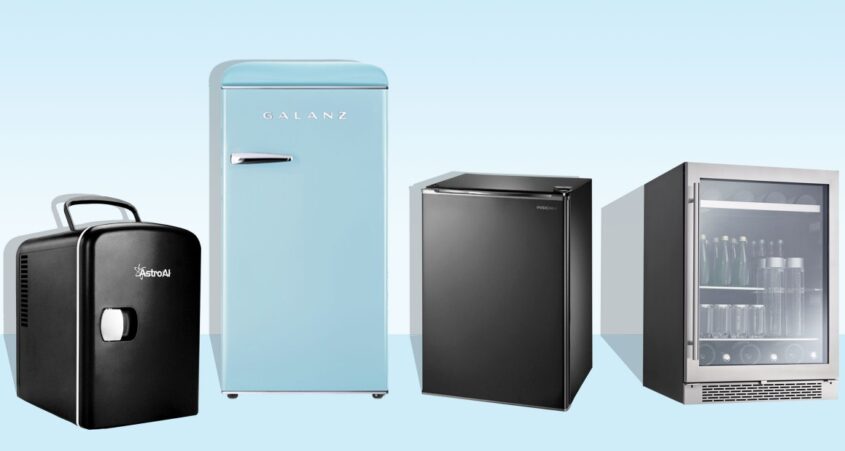
A mini refrigerator is a fantastic addition to any kitchen. Imagine hosting some lavish parties from the confines of your own! For many, it is also an added convenience if they’re staying in a dorm or hostel as students.
But, while you were pulling out an ice-cold beverage, or some delicious leftovers from your mini-refrigerator, a question might have struck you – how much electricity does it use? Or, if you’ve been considering purchasing a mini-refrigerator, you might have weighed the pros and cons of it against a regular-sized fridge or a cooler box.
It has to use a lot less electricity because it’s smaller than a typical refrigerator, right? So, here’s all you need to know about it.
What Exactly is Wattage?
Before we go any further, it’s important to understand what watts are. Watts are measurement units for electrical power. They indicate how much energy a piece of equipment consumes. If you look closely, you’ll see that almost every piece of equipment in your home has a sticker stating its power consumption.
Watts are also used to calculate your energy consumption. You’ll see kilowatt-hour (kWh) listed anywhere on your electricity bill when it arrives at the end of the month. This is what determines how much you’ll have to pay annually or monthly.
Determining The Energy Usage
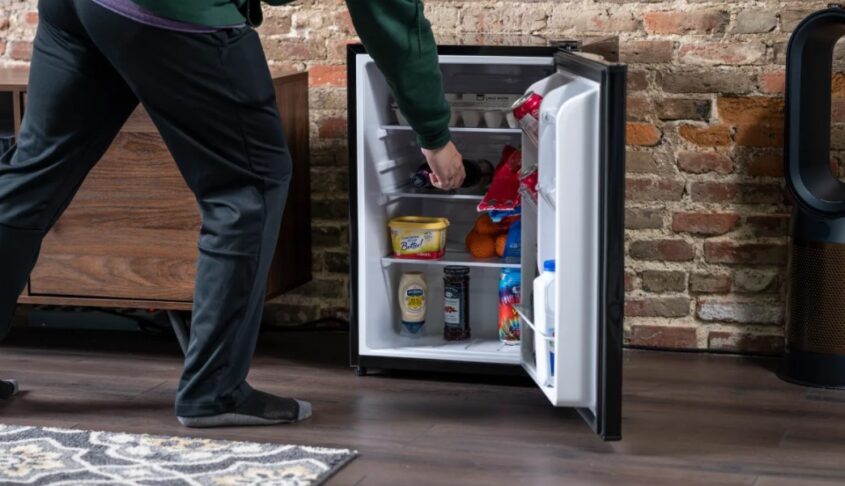
To determine the energy consumption of a small refrigerator, multiply the voltage by the current to get the output in watts. The most common unit of measurement for energy usage is a kilowatt-hour (kWh).
To calculate the kWh of your refrigerator, multiply the number of hours it operates every day by the wattage displayed on the device. You’ll get watts-hours as a consequence, which you may convert to kilowatt-hours by dividing by 1000.
The Power Consumption of a Mini Refrigerator
The wattage of a mini-refrigerator varies depending on its cooling characteristics and manufacturers, but most models require between 50 to 100 watts of power. The power usage of your mini-refrigerator, like that of other appliances, will be mentioned in watts in your owner’s manual.
Newer versions can keep meals and drinks frozen while using less energy than older models. That’s why most compact refrigerators typically run for eight hours per day, or one-third of a day.
It also relies on how frequently you use or leave the mini-refrigerator plugged in. A lot of mini refrigerators today utilize 310 kWh or less. If you use a mini refrigerator as temperature-controlled storage instead of larger appliances, you can expect to save money yearly.
Additional Factors To Consider For Power Consumption
There are other things to consider in order to determine how much energy it uses in the long run. The insulation of the refrigerator, the temperatures of the surrounding context, and the frequency with which the refrigerator is opened all play a significant role.
The refrigerator’s temperature might be more easily altered by the local surroundings if it is not adequately protected or insulated. This is one of the main reasons why, for example, you don’t want your refrigerator next to your stove.
Since it takes minimal time and energy to keep the refrigerator up to the ideal temperature, you will save money on energy. Since there’s less cold air that’s escaping when the insulator protection is good, the refrigerator would have to work less to regulate the internal temperature.
Another element to consider is the number of times a refrigerator is opened on a given day. When a refrigerator door is opened, a lot of cold air escapes. It, thus, operates more frequently to maintain the desired temperature.
A Mini Refrigerator’s Energy Efficiency
Since chilly breeze escapes every moment you open the door, opening your mini-refrigerator frequently will help you in saving electricity. This simply indicates that your refrigerator must run again to increase cooling and reach the desired temperature.
This necessitates the use of energy, and the cost of power may rise as a result. When we compare the volume of a mini-refrigerator to that of a regular-sized refrigerator, we find that the mini-refrigerator has a volume of 2.5 cubic feet, while the regular-sized refrigerator has a capacity of 23 cubic feet.
When the door to an average-sized refrigerator is opened, more cool air is lost than when the door to a mini-refrigerator is opened. Since there is less breeze coming out of the mini-refrigerator, it uses less energy to cool again. When compared to an average-sized refrigerator, this helps you save money on electricity.
Calculating The Electricity Bill
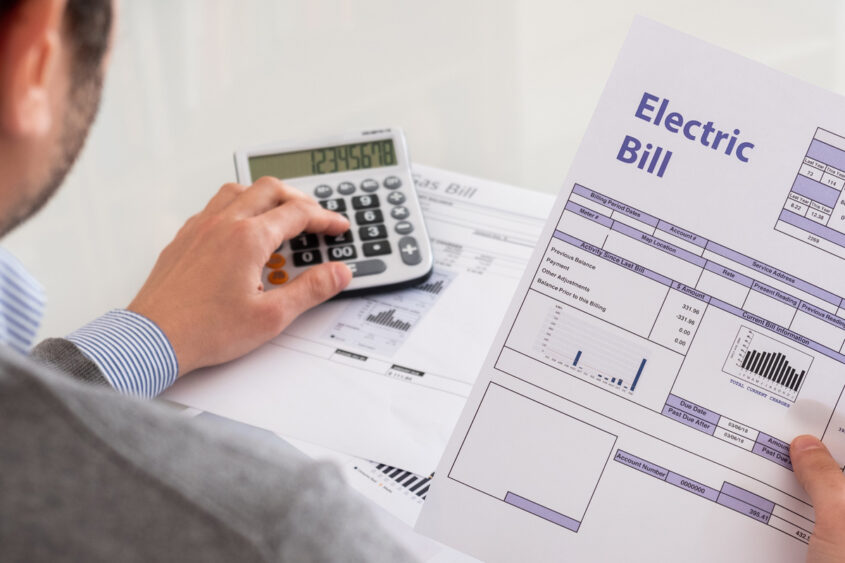
You can calculate how much electricity you’re paying for after you’ve calculated how many watts the mini-refrigerator consumes. Let’s say your mini-refrigerator consumes 100 watts every operation hour.
The refrigerator will take up to 900 watts per day if it operates for 9 hours every day. This equates to around 0.9 kilowatts (kW) per day and 329 kW per year. Assume that the median cost of power per kilowatt is 15 cents. As a result, your annual average electricity bill will be around $49.
A common question when calculating energy usage is just how many watts a mini-refrigerator consumes when operating on a generator. Utilizing a generator having 1.5 times the refrigerator’s operational power is a good rule of thumb. This higher energy requirement is due to the compressor’s need for more power, once it restarts using the generator or inverter.
How to Make Your Mini Refrigerator More Energy Efficient
Even though the energy usage of your refrigerator is dependent on a variety of factors, you may take some actions to enhance its efficiency and lower electrical costs. Here are some suggestions for lowering your electricity bill.
Close the door behind you

Remember how irritated your mother would get when you repeatedly opened the refrigerator door? She was, after all, on to something. If you frequently open the refrigerator to get something, your electricity rates will likely skyrocket. So, get everything that you need in one go!
Similarly, you should not keep the door open for an extended period of time. This is why most new models will include a sensor that will beep if the refrigerator is left open for a certain duration of time.
Don’t overload your refrigerator
To function properly, your mini-refrigerator requires proper air circulation. The air can’t circulate freely if it is stacked to the brim. As a result, the motor will have to work extra hours to chill the items kept inside, resulting in higher energy use.
Examine the door seals
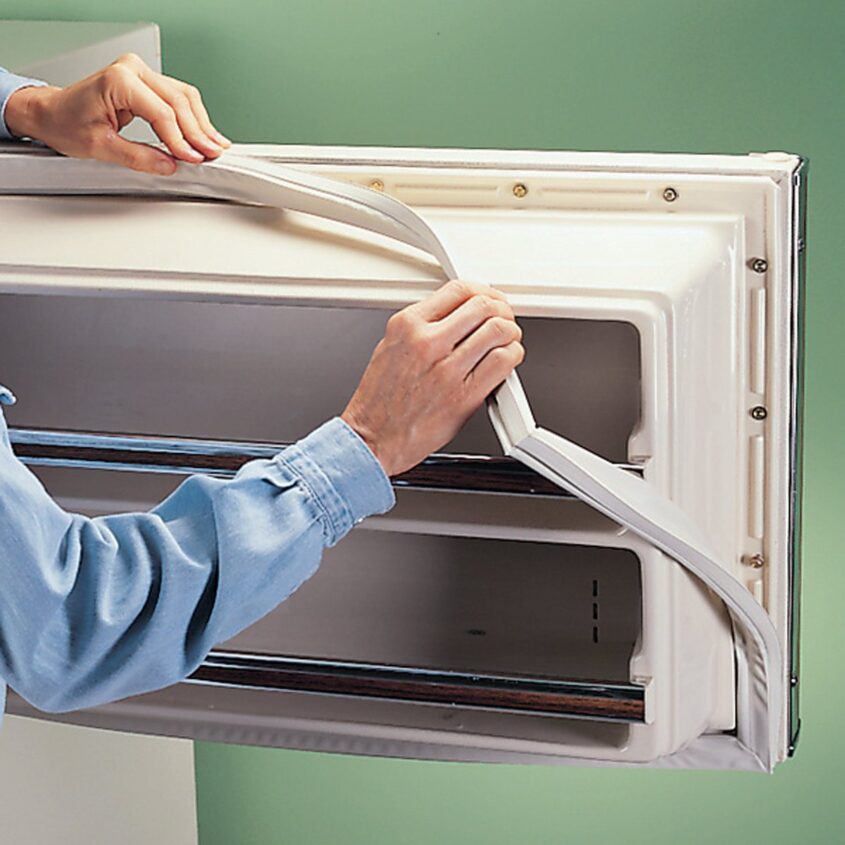
A gasket is a rubber seal on the inside of your mini-refrigerator door that prevents warm air from entering. If the door is constantly opening and closing, the gasket loses much of its suction over time. If you notice condensation around the outside of the freezer, it’s time to replace the seals.
Allow time for your leftovers to cool
Before storing leftovers in your mini-refrigerator, allow them to cool completely to room temperature. This way, the motor uses less energy to chill the refrigerator to the ideal temperature.
Check for frost accumulation
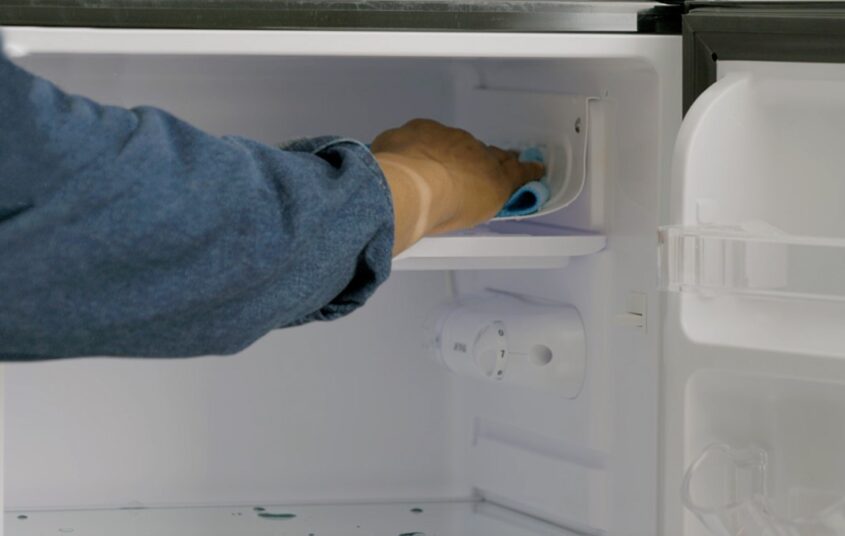
The energy used to defrost your mini-refrigerator will be higher. Whether your appliance employs manual or automatic defrosting, being cautious to not let it pile up too much would be beneficial. Defrost the mini-refrigerator even when the accumulation is around 1-cm (0.4-in) thick, as a rule of thumb.
Condenser coils should be cleaned
Condenser coils are normally situated on the back or underside of the refrigerator. They are in charge of eliminating heat from the unit. The coils collect dust and filth over time, which reduces their efficiency as they would work much harder or even twice as hard as they are supposed to. Cleaning this section of the refrigerator will help it run more efficiently.
Refrigerate frozen items to thaw
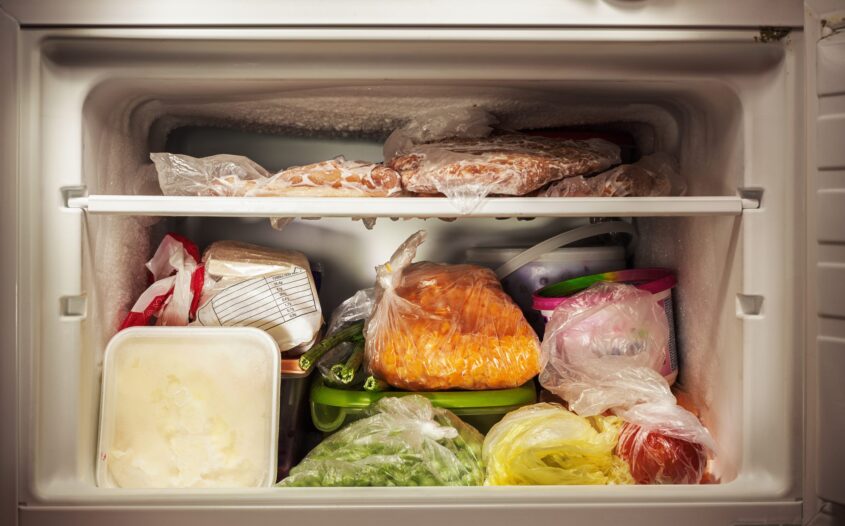
If you need to get anything out of your freezer, thawing it in the mini-refrigerator could help you save energy. The frozen food assists in keeping the machine cool without consuming additional energy.
Avoid putting the mini-refrigerator near a heat source
If the temperature outside is too hot, your mini-refrigerator will require extra energy to compensate. As a result, positioning the unit near a source of heat, as in a stove or a space heater, strains the compressor, resulting in higher energy use.
Place it in an open space

The majority of individuals keep their mini-refrigerators in cupboards, particularly if they are in the bedroom. However, this creates a pocket of air all around the mini-refrigerator, trapping warm air in the area. The compressor in the refrigerator would have to work long and hard to keep the temperature inside cooler than the outside temperatures.
Final Words
Drinks and other items can be kept cold in a mini-refrigerator. They wouldn’t use a boatload of watts per hour, as you’ve seen. This gives these mini refrigerators a wonderful value for money for every cubic foot. If you could find an energy star-rated mini-refrigerator, it is a terrific way to free up room in the full-size refrigerators without increasing your electricity bills too much!

